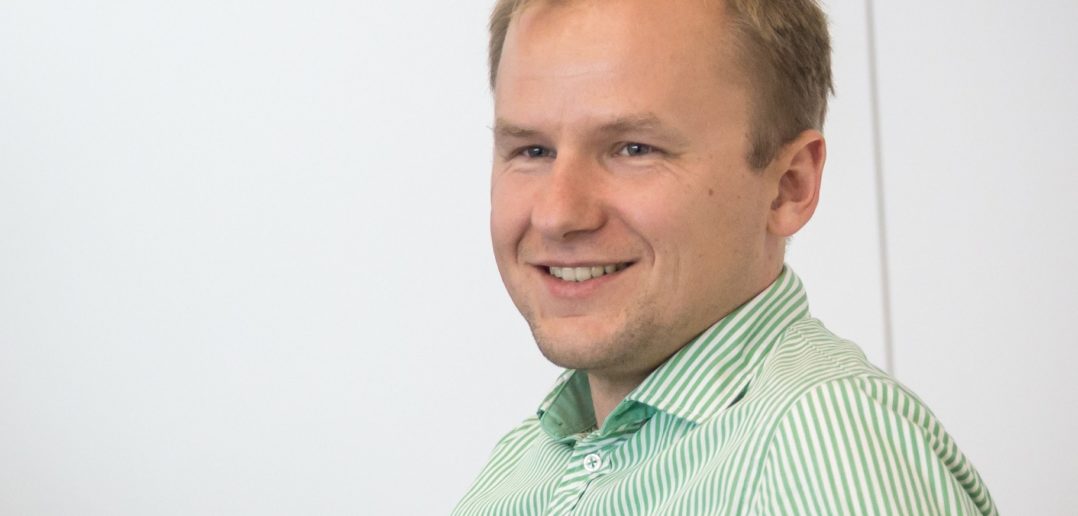This is the fourth in a series of posts from leading VR and AR influencers in the run-up to MIPTV 2017. The posts are coordinated by VAST MEDIA, a Berlin-based media consultancy.
MIPBlog: Could you please introduce yourself and tell us what brought you into the VR/AR/immersive space?
Kay Meseberg: I am coordinating the activities of the European cultural network ARTE in Virtual Reality and 360°. I have been working with the technology since Polar Sea 360° in 2014.
> What are the biggest challenges VR producers and content creators are currently facing?
The biggest challenge is still to find the content which works best in VR. We learn with every production and so do many others. Compared with the history of cinema we saw the train from the Lumière Brothers and we see many experiences that are comparable to the time when the first films were shown regularly but the cinema as a place had not been invented yet.
> How easy or difficult is it currently to sell immersive content? Do VR/AR entertainment companies have dedicated buyers yet?
ARTE develops and publishes that type of content mainly with our partners, but we recognize that others are eager to license the content we have published.
> Could you share some of the key learnings from your own VR projects?
There are so many. Some essential learnings: Projects with a real innovative character work very well. Documentary is easier to create then fiction. It is great to see how ARTE VR content is now consumed on all continents through the ARTE360 VR app. 360 live streaming is very promising. The opening ceremony of the Elbphilharmonie in Hamburg was a great event not only for the attendees but also in 360°.
> What are the three most impressive VR/AR/immersive productions you have seen recently and why?
- Rhizomat VR – a VR production based on a theater piece and narrative space by Mona el Gammal in Berlin, which launches on March 10. ARTE is partnering here with Berliner Festspiele for a program called Immersion to discover what VR means for the arts and vice versa. And both can learn a lot from the other: Rhizomat VR is one of the first examples for us of how tech can learn from the arts and the other way around.
- The last version I saw from the Nuba Experience Nonny de la Peña and her team are working on is very compelling. The experience has an impressive blend between empathy and a journalistic story and raises very interesting questions. It will launch in early April.
- Beside that, there are several impressive experiences in development. The Authoring Tool our partner DEEP Inc. is working on turns out as something very powerful to create better narration in VR. We also did some testing on a huge 240° screen with some of our experiences – especially the ARTE360-experience I, Philip from Pierre Zandrowicz and OKIO Studio. It is extremely interesting to sit together with 300 other people in an auditorium and to watch an experience with a 100 percent field of view that can also be longer than the usual VR content today.
> Some may fear VR is the new 3D, i.e. that it will never catch on for widespread domestic use. Why do you think it’s here to stay?
For roughly the past two years, we have seen traditional content evolve into immersive and interactive content by nature which moves the audience in a different way. And this is taking place on many levels: through normal 360 video, on mobile, in social media, with simple cardboards and now more and more through easy-to-access VR headsets. This is impressive compared to other chapters of the development of content and technology. The smartphone needed many different iterations in order to create a mass market for the smartphone as a device.
Other examples are the different versions of TV sets from the 1920 until today and if you compare the cinema in its early stage with the cinema today with its much wider screens and sophisticated sound. For VR, huge steps were taken in a very short time regarding content, distribution and technology. So it needs the right perspective on that question. But one thing is sure: VR is already a part of a bigger story within the evolution of technology and content.




